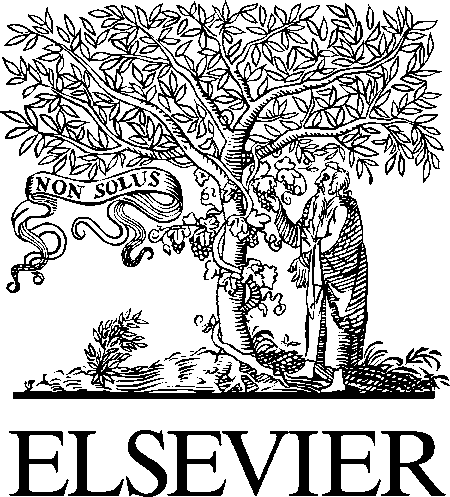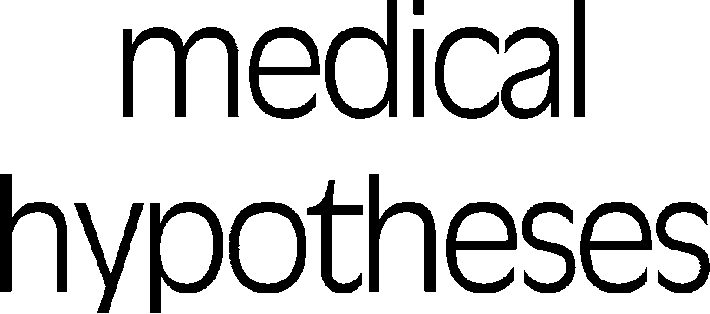Microsoft word - rimonabant 051108 eng final.doc
Press release Sanofi-aventis Paris, November 5, 2008 - Sanofi-aventis announced today that it has decided to discontinue the ongoing rimonabant clinical development program in all indications. Today’s company decision has been taken in light of recent demands by certain national health authorities. As a result the feasibility of the global clinical development program has been co

 http://intl.elsevierhealth.com/journals/mehy
Situational therapy for Wernicke’s aphasia
Eric Lewin Altschuler a,b,*, Alicia Multari c, William Hirstein b,d,V.S. Ramachandran b
a Department of Physical Medicine and Rehabilitation, University of Medicine and Dentistry ofNew Jersey, 30 Bergen Street, ADMC 1, Suite 101, Newark, NJ 07101, USAb Brain and Perception Laboratory, University of California, San Diego, 9500 Gilman Drive, La Jolla,CA 92093-0109, USAc Department of Speech and Language Therapy, Elmhurst Hospital Center, 79-01 Broadway, Elmhurst,NY 11373, USAd Department of Philosophy, Elmhurst College, 190 Prospect Avenue, Elmhurst, IL 60126, USA
Received 3 October 2005; accepted 6 October 2005
Patients with Wernicke’s or expressive aphasia are able to produce fluent speech, however, this speech
may be complete gibberish sounds and totally incomprehensible, or even when comprehensible to a degree is oftenlaced with severe errors and abnormalities such as verbal and phonemic paraphasias and neologisms. Furthermore,patient’s with Wernicke’s aphasia have poor to no understanding of speech or language. There is no proven method forrehabilitation of Wernicke’s aphasia, or even much guidance for physicians or speech therapists to treat Wernicke’saphasia patients. In contrast to their poor to non-existent communication skills using speech or other forms oflanguage, it has long been appreciated informally and formally that Wernicke’s aphasia patients are able tocommunicate well, even normally, using non-verbal means such as actions, movements, props, gestures, facialsexpressions, and affect. Furthermore, in non-language domains Wernicke’s aphasia patients can show normal memoryand learning abilities. Thus, we here suggest that the non-language communication channels of Wernicke’s aphasiapatients be channeled and utilized in their functional rehabilitation: Specifically, we suggest that therapy forWernicke’s aphasia patients should consist of placing patients in real or simulated important functional situations –e.g., buying food, taking transport – and let the patients train and learn to use and hone their non-languagecommunication means and skills for improved practical functioning.
http://intl.elsevierhealth.com/journals/mehy
Situational therapy for Wernicke’s aphasia
Eric Lewin Altschuler a,b,*, Alicia Multari c, William Hirstein b,d,V.S. Ramachandran b
a Department of Physical Medicine and Rehabilitation, University of Medicine and Dentistry ofNew Jersey, 30 Bergen Street, ADMC 1, Suite 101, Newark, NJ 07101, USAb Brain and Perception Laboratory, University of California, San Diego, 9500 Gilman Drive, La Jolla,CA 92093-0109, USAc Department of Speech and Language Therapy, Elmhurst Hospital Center, 79-01 Broadway, Elmhurst,NY 11373, USAd Department of Philosophy, Elmhurst College, 190 Prospect Avenue, Elmhurst, IL 60126, USA
Received 3 October 2005; accepted 6 October 2005
Patients with Wernicke’s or expressive aphasia are able to produce fluent speech, however, this speech
may be complete gibberish sounds and totally incomprehensible, or even when comprehensible to a degree is oftenlaced with severe errors and abnormalities such as verbal and phonemic paraphasias and neologisms. Furthermore,patient’s with Wernicke’s aphasia have poor to no understanding of speech or language. There is no proven method forrehabilitation of Wernicke’s aphasia, or even much guidance for physicians or speech therapists to treat Wernicke’saphasia patients. In contrast to their poor to non-existent communication skills using speech or other forms oflanguage, it has long been appreciated informally and formally that Wernicke’s aphasia patients are able tocommunicate well, even normally, using non-verbal means such as actions, movements, props, gestures, facialsexpressions, and affect. Furthermore, in non-language domains Wernicke’s aphasia patients can show normal memoryand learning abilities. Thus, we here suggest that the non-language communication channels of Wernicke’s aphasiapatients be channeled and utilized in their functional rehabilitation: Specifically, we suggest that therapy forWernicke’s aphasia patients should consist of placing patients in real or simulated important functional situations –e.g., buying food, taking transport – and let the patients train and learn to use and hone their non-languagecommunication means and skills for improved practical functioning. use any communication means possible, e.g.,
[4] Benton AL. A biblical description of motor aphasia and right
pointing to a picture of a food item on a menu to
hemiplegia. J Hist Med Allied Sci 1971;26:442–4.
use any communication means possible, e.g.,
[4] Benton AL. A biblical description of motor aphasia and right
pointing to a picture of a food item on a menu to
hemiplegia. J Hist Med Allied Sci 1971;26:442–4.